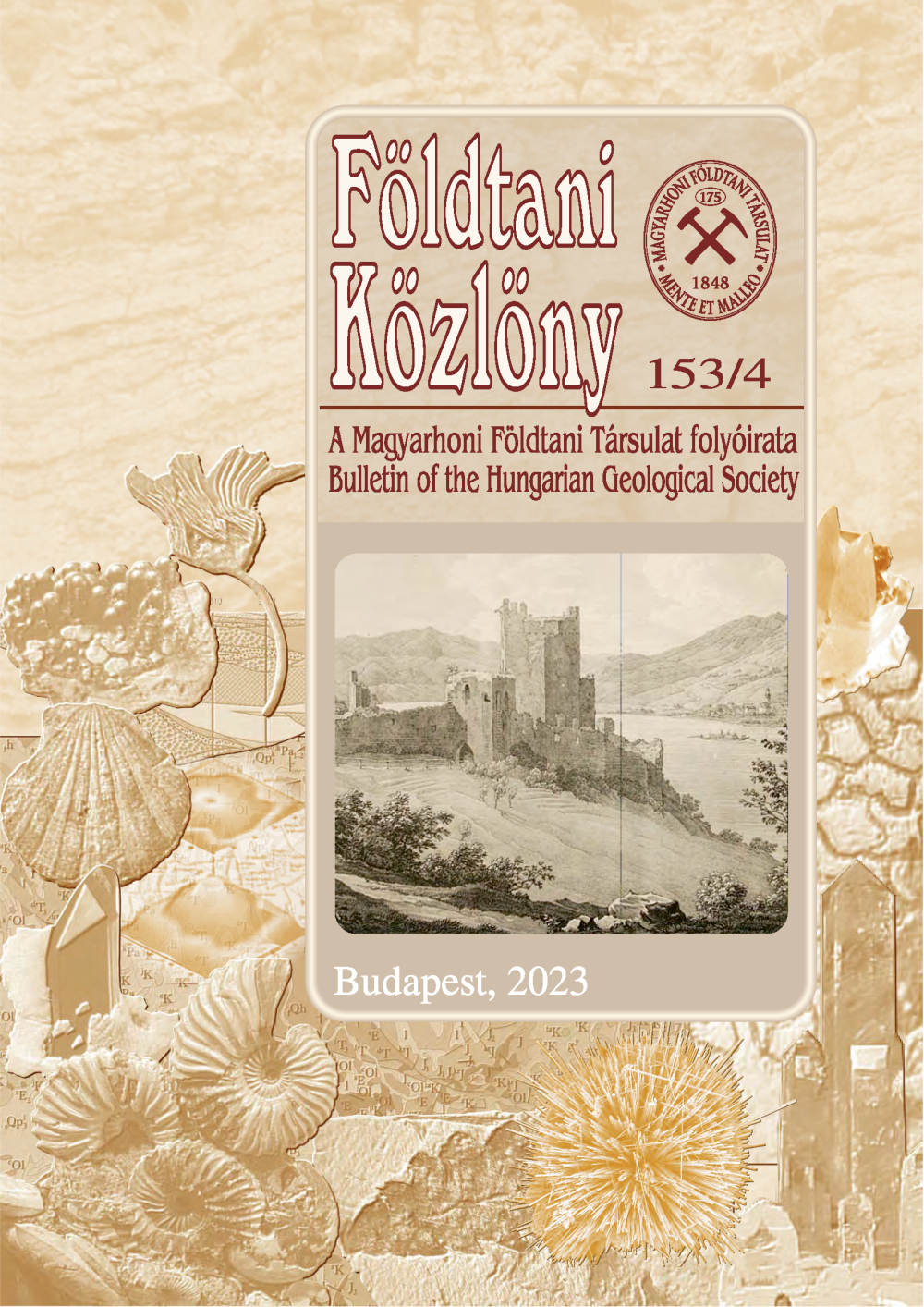Erosional gap between the Ugod Limestone and the Polány Marl in the Bóta-kő quarry, Tapolcafő (Northern Bakony, Hungary)
Abstract
The Late Cretaceous sedimentation — which is the result of 2nd order cyclicity in the Transdanubian
Rangé — is characterised by a slow but continuous transgression. This has invaded the highly dissected
area gradually alongside the influence of 3rd and 4th order cyclicity (HAAS 1999). In the troughs that have
been arranged parallel to each other first a limnic, then brackish-water and finally marine sedimentary
environment have developed with varied clastic sedimentation. The troughs were rimmed by ridges
which were covered directly with platform carbonates deposited in a tropical environment. In this
tectonically, very active environment after the small-scale changing of the relative sea level — owing to
accelerated subsidence and a rapid sea levél rise — the rudistid and colonial organism-bearing carbonate
platform drawned, and the sedimentation continued as hemipelagic mari.
In the hanging wall of the Ugod Limestone, above an erosional surface and in an open fissure, there
lies a marl sequence (Polány Marl). This started with a pale grey, followed by a red and thena grey colour
in the Bóta-kő quarry, near Tapolcafő village. The lowemost layer and the fissure fill contain no marine
fossils, but the smectite content is significant. Although the kaolinite content is poor its frequency is
greater than elsewere in the succession. The above data do not refute the generál tendency mentioned
but without doubt they modify it. According to this, before the subsidence speeded up, for a short time ,
a significant sea level drop may have resulted in subaerial conditions for smaller areas near to the coast.
The smectite content can be explained as volcanic ash which may derive from a volcano situated far from
the Bóta-kő quarry.











